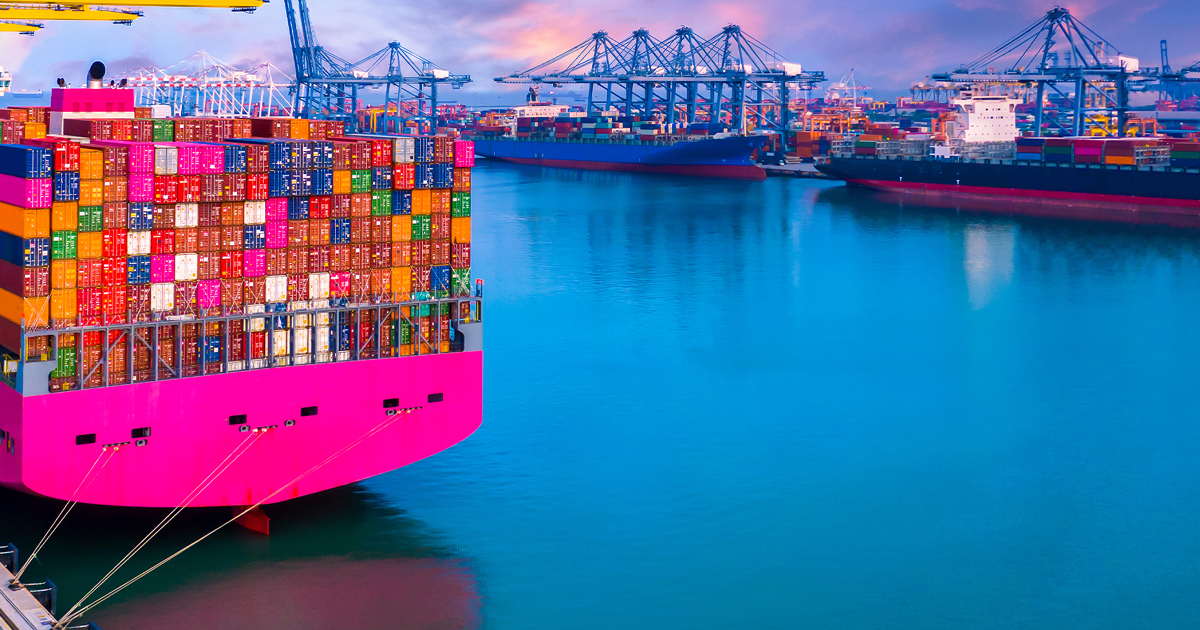Business models that provide stability
The infrastructure and transportation investments in JARA’s portfolio provide services that are essential to daily life or the economy. Infrastructure assets include traditional suppliers of water or natural gas and increasingly alternative energy sources, such as wind farms or solar parks.
We find these assets attractive because their business models offer relatively stable and predictable cashflows. The businesses are either regulated monopolies, such as heat, water, gas and electricity providers, or have long-term contracts that often include volume minimums, which is often the case with renewables or storage.
In transportation, we invest across all types of assets, from specialised ships that carry liquified natural gas (LNG) or service offshore windfarms to containerships and rail cars. However, we are focused on a specific business model. We invest in assets that are critical to the core supply chain of a large corporation, owning the assets on the balance sheet of the fund, and then lease them back to the companies.
This structure means that roughly 90% of the return from these assets comes from income. That’s a big difference from many traditional investments in transportation, such as shipping, that seek most of their return from capital gains, with no real focus on income.
Less sensitivity to the macro environment and geopolitical risk
While infrastructure and transportation business models offer an important source of stability through regulated or contracted cashflows, the assets also tend to be less sensitive to interest rates, inflation and the macroeconomic cycle, making them a good fit for a core to core-plus portfolio focused on long-term returns.
Both types of assets tend to be able to pass through inflation so that it does not meaningfully impact revenues. With regards to interest rates, on the transportation side, as interest rates moved higher, we have been able to swap from floating to fixed rate structures and lock in a smooth income profile. This relatively stable relationship with inflation and interest rates has allowed the assets to maintain consistent yields in the high single digits.
The long-term drivers of the assets also help insulate them from big swings in the macroeconomic cycle. For example, given that 90% of everything consumed in the world travels on water at some point1, shipping assets are more correlated with the long-term trend of global consumption growth rather than the current macroeconomic cycle. The other key driver of shipping assets is supply, which is currently constrained and has limited ability to grow meaningfully anytime soon: the global order book is currently 10% of the fleet vs. 54% in 20082, the number of shipyards in the world has been cut in half and labour costs have significantly increased.
In addition to being less sensitive to near-term macroeconomic cycles, transportation and infrastructure assets may also have less downside exposure to some geopolitical or political risks. Staying with the example of shipping, drought in the Panama Canal and pirate attacks in the Red Sea are currently disrupting global shipping routes. While ships are forced to go around the Cape of Good Hope, shipping owners still get paid for the extra days added to every journey.
On the infrastructure side, US-based assets are much more likely to be impacted by individual state and municipal decisions rather than national headlines. A key part of our research and due diligence process is having a deep understanding of these local dynamics that can affect each infrastructure investment in the portfolio.
Positioned to benefit from the energy transition and electrification
The long-term nature of infrastructure and transportation assets focuses JARA’s portfolio managers on global investment themes that may play out over decades, such as the energy transition.
A massive amount of capital is needed to replace and modernize existing global infrastructure with more energy efficient standards, in addition to building capacity related to renewable energy, from wind farms and solar parks to electric vehicle charging stations. We also expect to see some indirect opportunities related to the enormous power supply that the significant growth in data centers will require.
Across transportation we are invested in four key themes:
- Alternative marine fuels: Regulatory efforts to decarbonise the shipping industry are increasing the share of new-build ship orders that use alternative fuels.
- Rail environmental, social and governance (ESG) benefits: Moving freight by rail vs. truck reduces greenhouse gas emissions up to 75%3, positioning the rail industry well for the future.
- Offshore wind growth: We expect favourable government policies, especially in Europe, to drive growth in the sector to over 200 GW by 2030 vs. roughly 75 GW in 20233, which supports growth in specialised service vessels.
- LNG trade growth: LNG is a key fuel for the energy transition because it reduces emissions approximately 20% and 50% vs. oil and coal, respectively3.
JARA’s portfolio managers remain committed to investing in long-term core and core-plus real assets, with a focus on stable income generation. Infrastructure and transportation assets meet these key criteria, and the strong fundamental outlook ensures they will remain a key part of the portfolio.
1 OECD, Ocean Shipping and shipbuilding
2 Clarkson's, J.P. Morgan Asset Management, as of December 31, 2023
3 DNV,DB AG, Clarksons, J.P. Morgan Asset Management, as of Q4 2023
